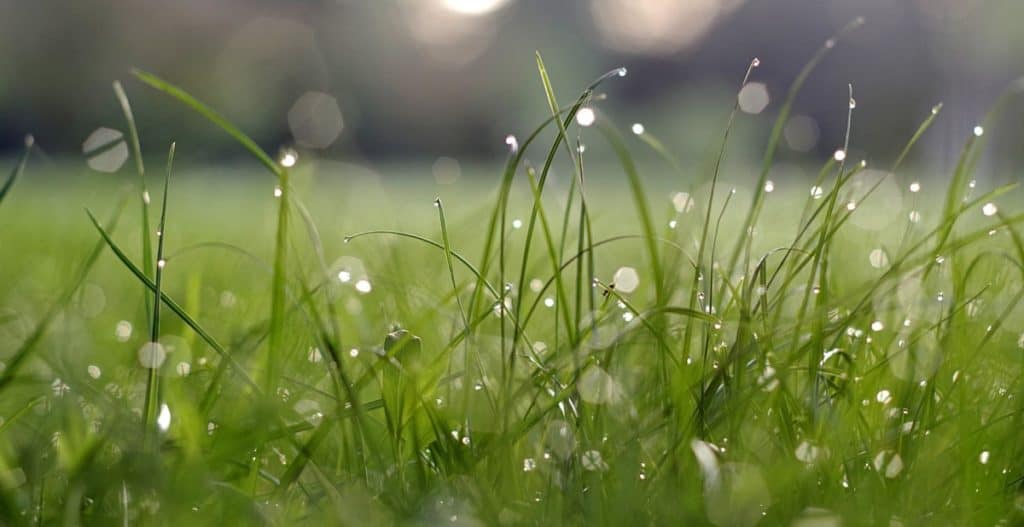
Playing golf in wet grass is probably one of the worst playing conditions, especially if you are a new golfer. I’m not talking about a little bit of dew on the grass, I am talking about the grass and the ground completely wet.
I live in the pacific northwest where we seem to get about nine months of rain each year. But lately the rain has been on the light side, probably seven or eight months of rain. Regardless, it’s a lot of rain!
Playing Golf In Wet Grass is difficult and can be stressful if you are not use to the conditions. Here are seven tips to help you prepare for Playing Golf In Wet Grass.
- Don’t tee off with full power, you could injure yourself from slipping.
- It is crucial to make contact with the ball before hitting the grass/ground. If you are a poor ball striker, playing golf in wet grass might pose as a problem.
- Add more power to your putts, even when you think you are adding enough power…add just a little more.
- Bring an extra golf towel.
- Make sure your golf spikes are new or newer, check out my post about replacing golf spikes.
- Make sure your golf shoes are water resistant, check out my other post on how to do this.
- Bring an extra golf glove, if it rains more than your first glove with get wet.
Why Is It Difficult To Play Golf In Wet Grass?
First
The reasons almost seem endless, nobody likes playing golf in wet grass because of this. You run the risk of getting injured first of all, if your spikes are warn down, you could easily slip.
Second
It’s messy! Every time you hit the ball with your golf club, it seems like the face of your club is caked with grass clippings. This is just one of those annoying things about playing golf in wet grass.
Third
If you are already a good ball striker, you know that you are suppose to take a divot. If the ground is too wet, you divot could be double the size of your normal size divot.
Fourth
Your wedges are harder to hit, it’s like the grass grabs your club face much more when it is wet. Which results in fat shots or complete miss hits depending on the length of the grass.
Fifth
Putting can be extremely difficult due to the fact that you need to adjust your speed.
Sixth
When the grass is wet, the sand trap is usually wet as well. And if you are use to playing in loose sand, you will need to adjust because the sand get hard.
Hit The Golf Ball First
Remember, you need to focus on hitting the ball before you hit the ground. A good way to remember this feeling is to imagine you are hitting down on the golf ball.
If you practice your ball striking, you will notice your divots are so much better. Naturally, divots in wet grass a much larger due to the soft ground and the ease of your club head slicing through the ground.
Here are some solutions to help with your ball striking and to better prepare you for playing golf in wet grass.
- Take 1/4 or 1/2 swings and focus on hitting the ball before the ground.
- Practice in an empty field in wet conditions with Wiffle Balls or Almost Golf Balls and really focus on ball striking.
- Practice at home with a golf net outside or in your garage. Check out my post on How To Make A Garage Golf Net.
Prepare Before You Play
If you know that you are going to be playing the next morning and the night before it rained, be prepared for wet conditions.
Run to the local sporting goods store and replace your golf shoe spikes and while you are there, pick up a new glove and an extra golf towel.
You could also pick up some water resistant silicone spray and spray your golf shoes. This can be a huge benefit, I hate playing golf with wet feet.
